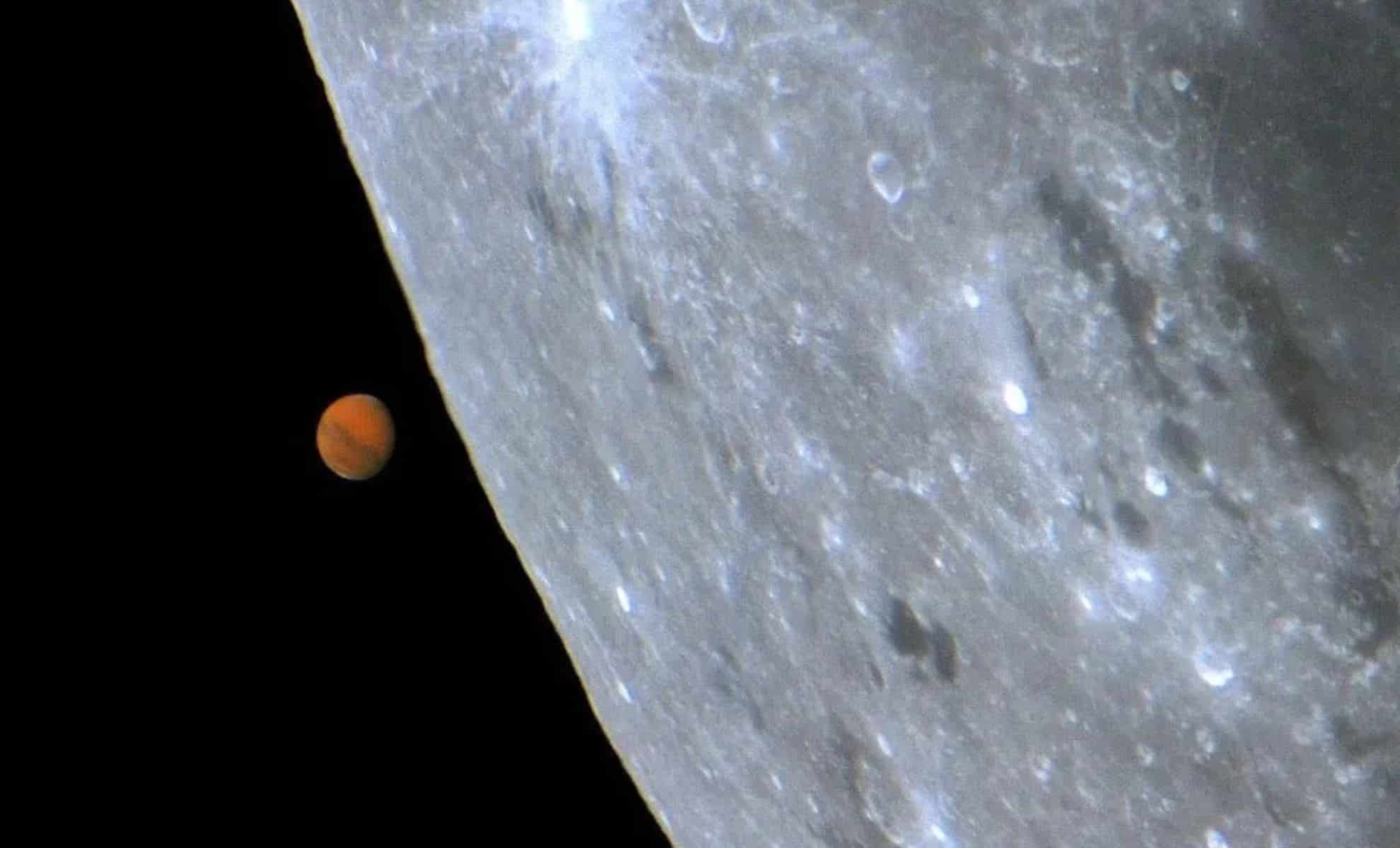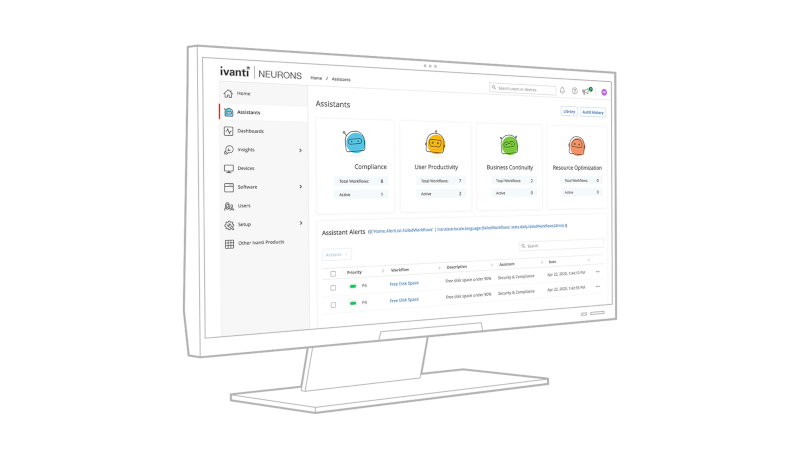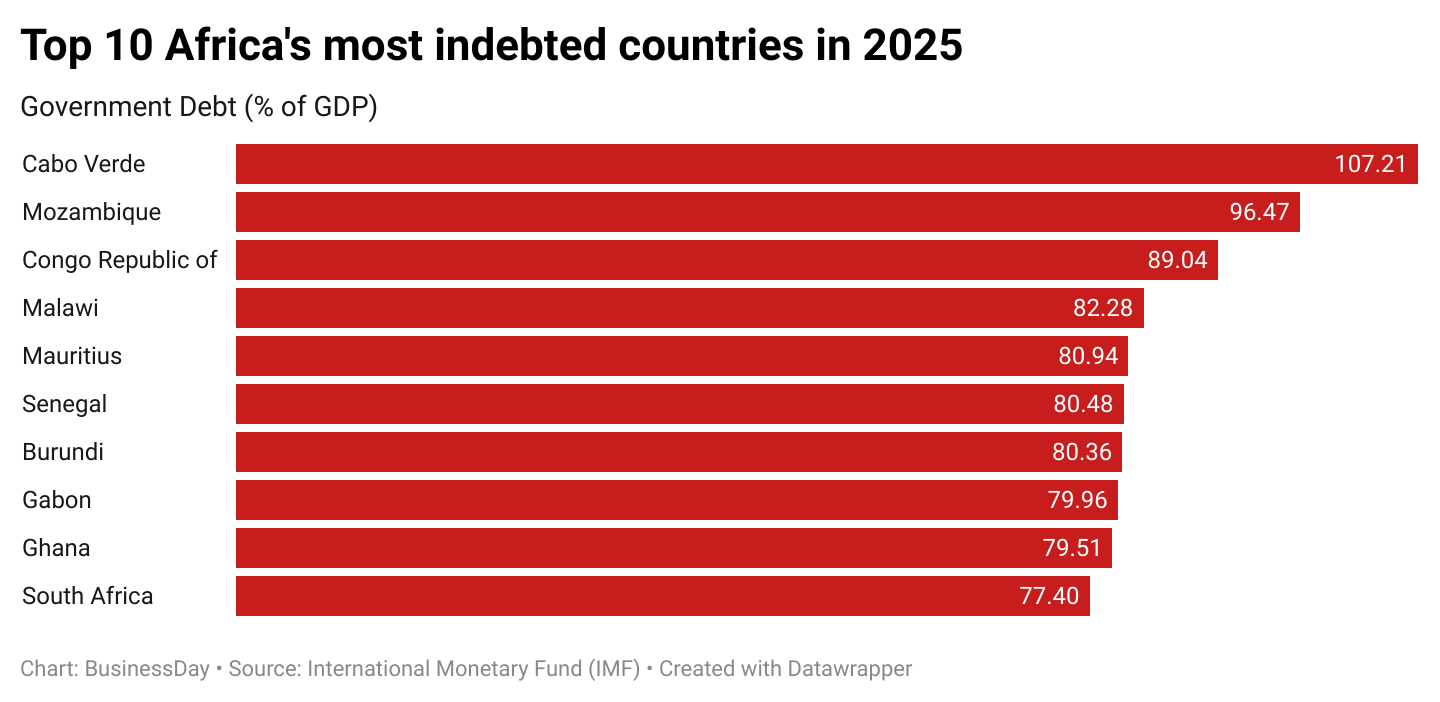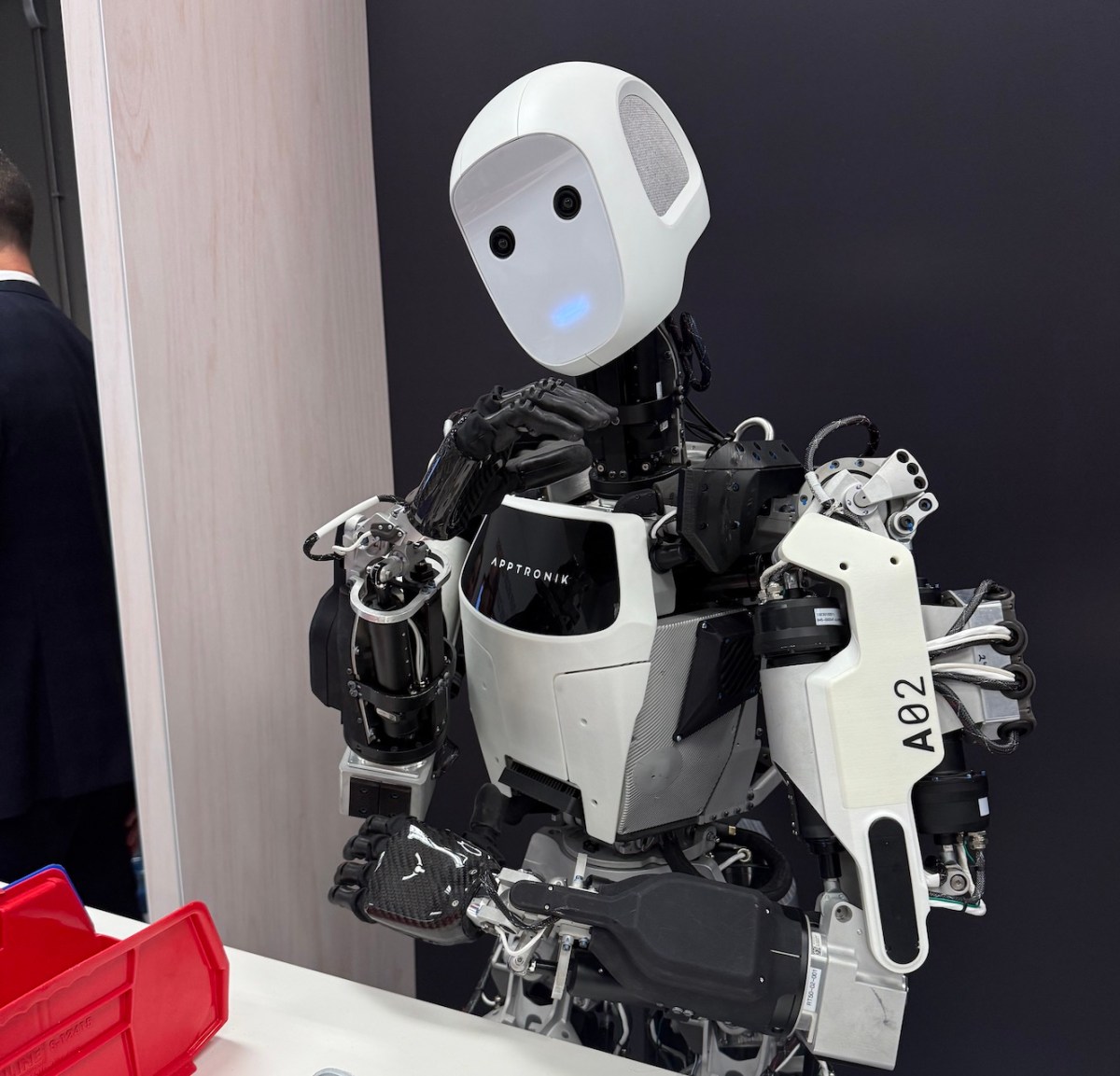
The ocean is one of the last great frontiers on Earth, covering more than 70% of our planet yet remaining largely unexplored. Autonomous underwater vehicles (AUVs) are changing that by venturing into the depths without human pilots.
These robotic submarines are used for mapping the seafloor, studying marine life, and even searching for shipwrecks or minerals. Now, with the help of artificial intelligence (AI), AUVs are becoming smarter and more capable than ever.
AUVs operate in challenging environments where direct human control is nearly impossible. The ocean is dark, vast, and full of unpredictable currents. Traditional AUVs relied on pre-programmed instructions, which meant they couldn’t easily adapt to unexpected situations.
AI is revolutionizing this by allowing AUVs to make decisions on their own, learning and responding to the environment in real time.
One exciting development comes from researchers at MIT, who have created AI systems for AUVs that use machine learning to analyze their surroundings and adjust their missions.
For example, an AUV mapping coral reefs can now recognize areas of interest, such as healthy or damaged coral, and focus its efforts on collecting data in those spots. This saves time and energy while producing more useful information.
AI also enables better navigation. Underwater, GPS doesn’t work because satellite signals can’t penetrate water. Instead, AUVs use sensors like sonar and cameras to understand their position.
AI helps by processing this data and creating accurate maps of the ocean floor. In one study, a team of researchers used AI to train AUVs to avoid obstacles like rocks or underwater structures, allowing them to explore more complex environments safely.
Another breakthrough is in swarm intelligence, where multiple AUVs work together as a team. Inspired by schools of fish, researchers are developing AI algorithms that let groups of AUVs coordinate their movements without human intervention.
These swarms can cover large areas more efficiently, such as scanning for oil spills or monitoring marine ecosystems. For example, a project by the European Union called “SwarmDiver” demonstrated how small, lightweight AUVs could work together to track underwater pollution or changes in water temperature.
AI is also improving data collection and analysis. Underwater environments produce enormous amounts of data, from video footage to chemical measurements. Analyzing this data manually can take months.
With AI, AUVs can process data on the spot, identifying important patterns or anomalies. This is particularly valuable for applications like underwater archaeology, where AI can help locate artifacts or shipwrecks by analyzing sonar images.
In the field of marine science, AI-powered AUVs are helping researchers monitor climate change. These robots collect data on water temperature, salinity, and currents, providing crucial insights into how the oceans are changing.
They’ve also been used to track the movement of fish populations, study deep-sea vents, and observe behaviors of elusive marine species.
However, there are still challenges. AUVs need to operate for long periods without resurfacing, which means battery life is a constant limitation. AI algorithms also require reliable data to make good decisions, but underwater conditions—such as murky water or strong currents—can interfere with sensors.
Additionally, maintaining communication with AUVs is difficult, as radio signals don’t travel well underwater, and acoustic signals can be slow.
Despite these obstacles, the potential of AI-powered AUVs is immense. They are not only advancing science but also supporting industries like offshore energy and maritime security. For instance, AUVs can inspect underwater pipelines or monitor ports for threats, tasks that are too risky or expensive for humans.
AI is transforming how we explore and understand the underwater world. These smart robots are opening new possibilities for discovery, from protecting marine ecosystems to finding resources in the deep sea. With continued innovation, they may even help answer some of the ocean’s greatest mysteries.
The future of underwater exploration is bright, and with AI leading the way, we’re closer than ever to unlocking the secrets of the deep.
Copyright © 2025 Knowridge Science Report. All rights reserved.









Leave a Comment